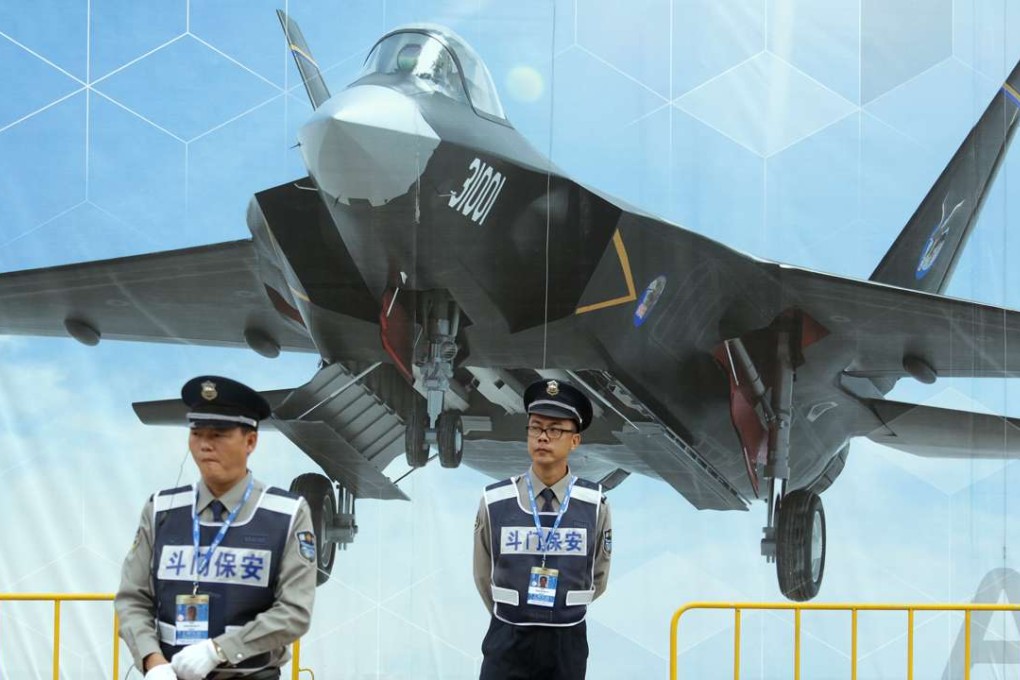Will Donald Trump aggravate the China-US arms race?
Both countries have been flexing their military muscles in the Western Pacific

Already engaged in a regional arms race with Washington, Beijing is bracing for even more military pressure from the United States after Donald Trump’s inauguration as US president on Friday.
In remarks that would have triggered more fears in Beijing about a heightened US military presence and greater risk of confrontation, Trump’s nominee for secretary of state, Rex Tillerson, said China should be denied access to islands it has built in the South China Sea, and reaffirmed Washington’s commitment to the defence of Japan if China attempted to seize the Diaoyu Islands in the East China Sea, which are known as the Senkakus in Japan.
“The arms race would only aggravate under the Trump administration,” Professor Shi Yinhong, director of the Centre for American Studies at Beijing’s Renmin University, said.
Tillerson’s remarks, in a Senate confirmation hearing on January 11, came as both Beijing and Washington flexed their military muscles in the Western Pacific.
The Chinese aircraft carrier Liaoning and its escorts entered the Taiwan Strait the same day, while the USS Carl Vinson carrier strike group was en route to the Western Pacific, where the Liaoning had just finished high-profile exercises.
